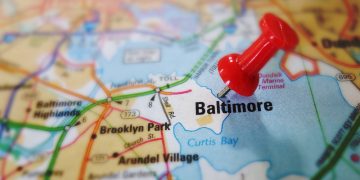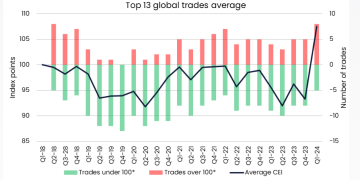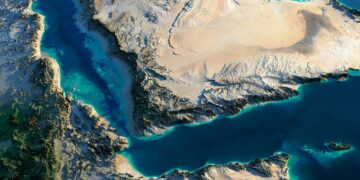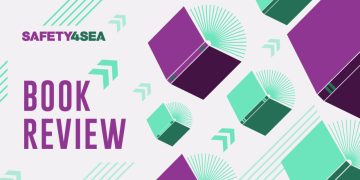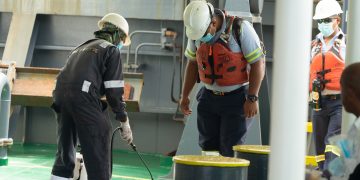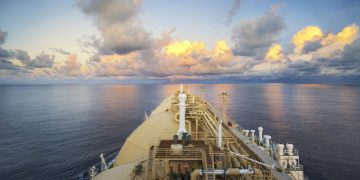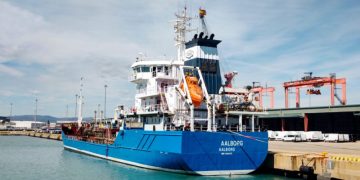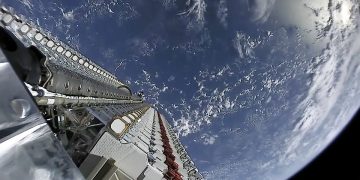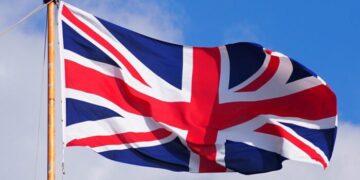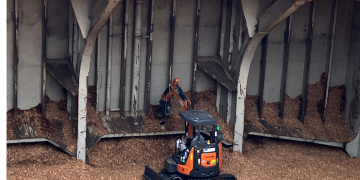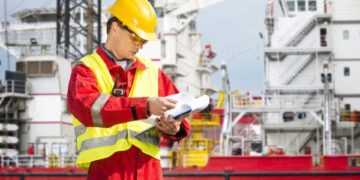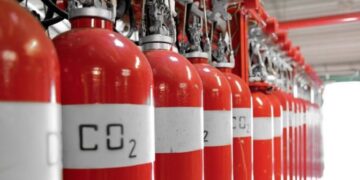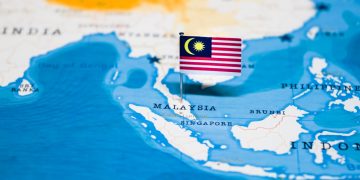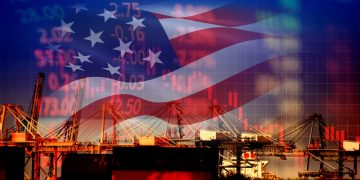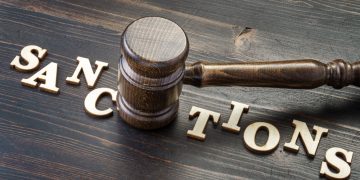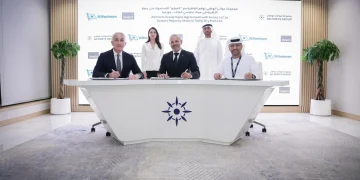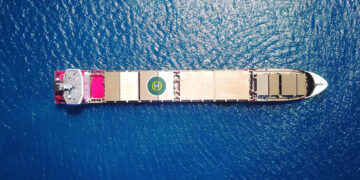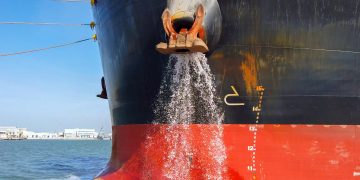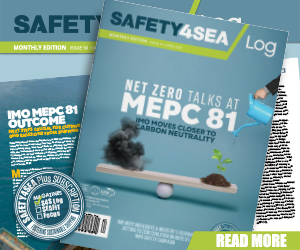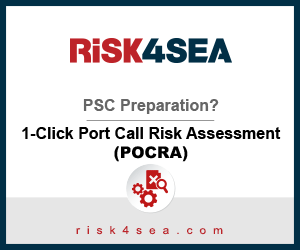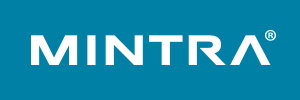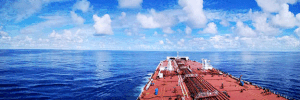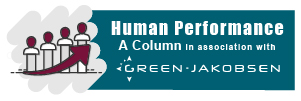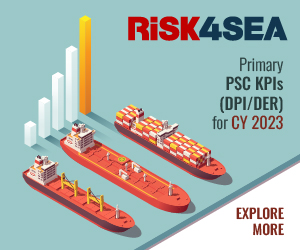There can be no argument to suggest that the impact of the 2020 global sulphur cap won’t be significant and far-reaching. What’s more, with only a short timeframe remaining before shipowners will be facing the reality of compliance, what is clear is that there is no “one size fits all” solution, and shipping companies are having to spend a considerable amount of time and resource to ascertain which option will work best for them, argues Mr. Larry Rumbol, Marine Condition Monitoring Manager at Parker Kittiwake.
Many leading experts believe that, given the predicted higher cost of distillates over Heavy Fuel Oil (HFO), the industry will turn to scrubbers ahead of 2020. But this is wholly reliant on the price differential predicted pay back and possibly shipyard availability. LNG uptake looks likely to continue, especially for newbuilds, as the global infrastructure continues to develop. No matter how the future fuel mix splits out, it is certain that with it will come a number of new challenges for operators. An understanding the physical characteristics of fuel, hydraulic and lubricating oil, coupled with an awareness of sampling and testing systems and processes, will be vital. With issues such as increased catalytic fines (catfines) and the operational impact of changes in viscosity, flash point and pour points, operators need to have a detailed understanding of conditions within essential components and systems to prevent unexpected breakdowns and costly machinery damage.
A recent report from the Swedish Club found that auxiliary engine claims account for 13% of the total machinery claim costs and 16% of the volume, with an average claim cost of USD 345,000. The report also found that human error was the leading cause of breakdowns, indeed approximately 50% of all auxiliary engine damage occurs immediately after maintenance work.
The application of condition monitoring tools and techniques has long been the best way to avoid unnecessary maintenance and prevent unexpected breakdowns. The practice of condition monitoring has developed significantly over the last decade; at one point the only way to see abnormal or accelerated wear was in a laboratory report, then that became possible onboard, and now equipment is continuously monitoring a variety of equipment and parameters.
Reagentless testing is now poised to revolutionise condition monitoring, and it’s here today. This new form of condition monitoring best practice has the capability to measure a variety of parameters and equipment, bringing a sophisticated monitoring capability onboard. This gives operators the insight they need into the operating conditions within vital equipment, without the need for extensive additional training, without the costs and hazards associated with transporting and storing reagents, and without the need for numerous test kits and sensors.
Until now, operators have required a suite of condition monitoring tools to determine the operational integrity of the system, testing for each potentially damaging element separately. This increases cost, the time needed to carry out the testing, and the amount of equipment required.
Reagentless testing also significantly reduces the need for operators to carry out physical inspections, mitigating the risk of human error impacting the equipment, as well as the risk of physical harm to the operator himself.
Carrying out condition monitoring should be as simple and cost effective as possible. Given the challenging outlook that shipowners and operators are facing, minimising risk and improving operational efficiency will become paramount, and giving engineers easy access to the data they need to effectively manage complex equipment is the best way to do this.
By Larry Rumbol, Marine Condition Monitoring Manager, Parker Kittiwake
The views presented hereabove are only those of the author and not necessarily those of SAFETY4SEA and are for information sharing and discussion purposes only.
About Larry Rumbol
 Larry has 35 years experience in the marine industry, at first in container shipping then moving into engineering and ship repair. At the young age of 26, he secured direct UK government funding for a US offshore/marine engineering company to open bespoke manufacturing facilities in the north east of England. Answering the call to fill a market gap, Larry started an independent marine turbocharger-engineering group in strategic international locations. The business was very successful, and a condition monitoring spin off won the Seatrade Innovation award in 2006. After running the business for 21 years, it was then sold to the management board.
Larry has 35 years experience in the marine industry, at first in container shipping then moving into engineering and ship repair. At the young age of 26, he secured direct UK government funding for a US offshore/marine engineering company to open bespoke manufacturing facilities in the north east of England. Answering the call to fill a market gap, Larry started an independent marine turbocharger-engineering group in strategic international locations. The business was very successful, and a condition monitoring spin off won the Seatrade Innovation award in 2006. After running the business for 21 years, it was then sold to the management board.
Always interested in innovation and bring new and useful technology to the marine industry, Larry started consulting for a number of clients bringing them to market viability. In 2014 the opportunity arose with Kittiwake following their acquisition by the US Parker Corporation. Larry now heads the development in the marine sector for Parker Kittiwake, a leading manufacturer of condition monitoring products for fuels and lubrication, and Kittiwake Procal, an equally successful CEMs (Continuous Emissions Monitoring) analyser manufacturer. Parker employs approximately 60,000 people worldwide in motion and control and turnover $13bn.





